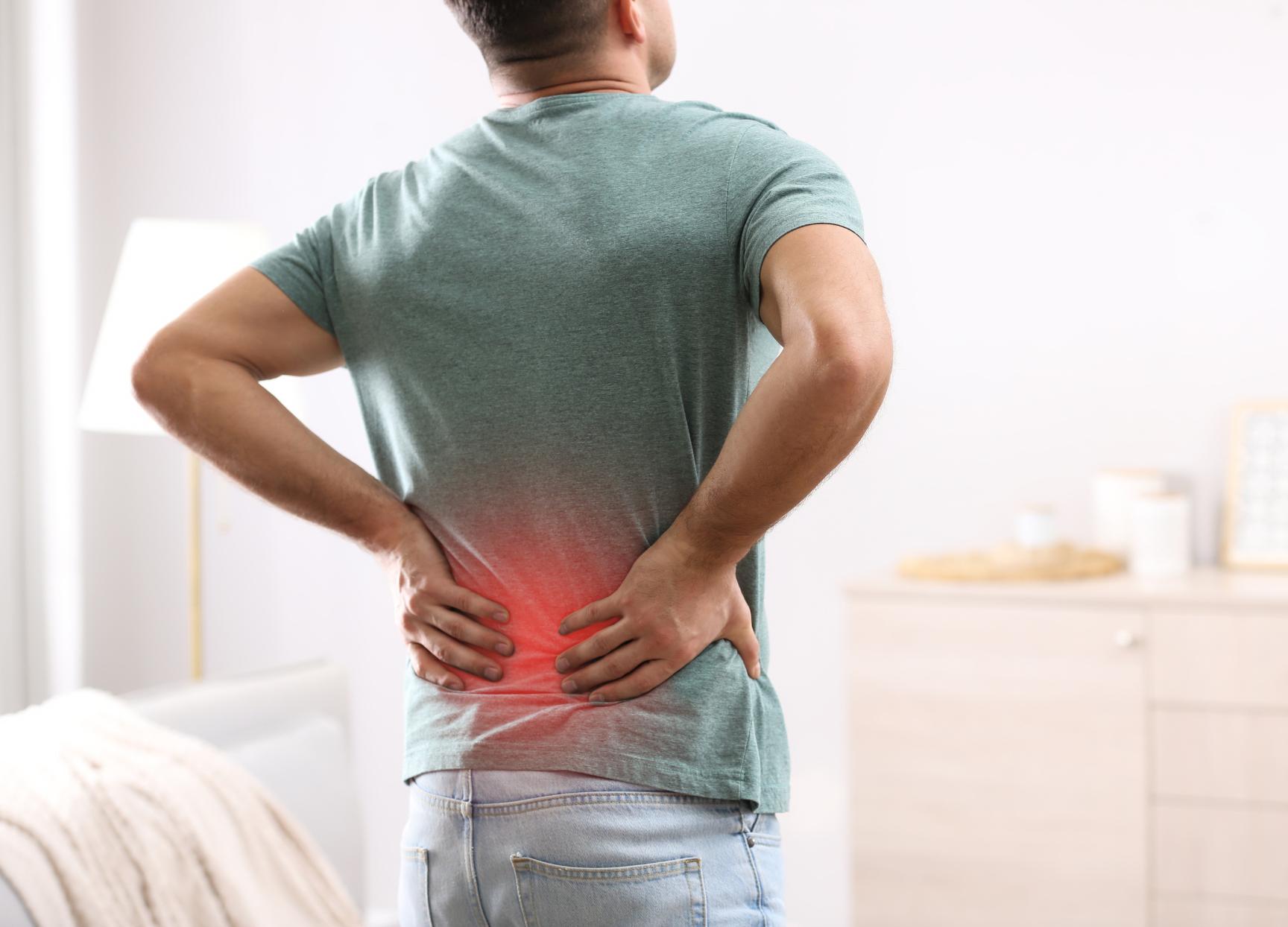
What is Chronic Pain?
Chronic pain is common, affecting over a quarter of the UK’s adult population at any one time. It is generally defined as pain that has been present for 3 months or longer.
Read MoreSarah, the Duchess of York, has marked the significance of Cancer Prevention Action Week, urging individuals not to overlook their health check-ups. She cautioned that "days could be the crucial factor between life and death." Having battled breast cancer less than a year ago, the Duke of York's former wife received a diagnosis of an aggressive form of skin cancer in January. In this helpful guide, an expert dermatologist gives the lowdown on moles and how you should monitor them.
